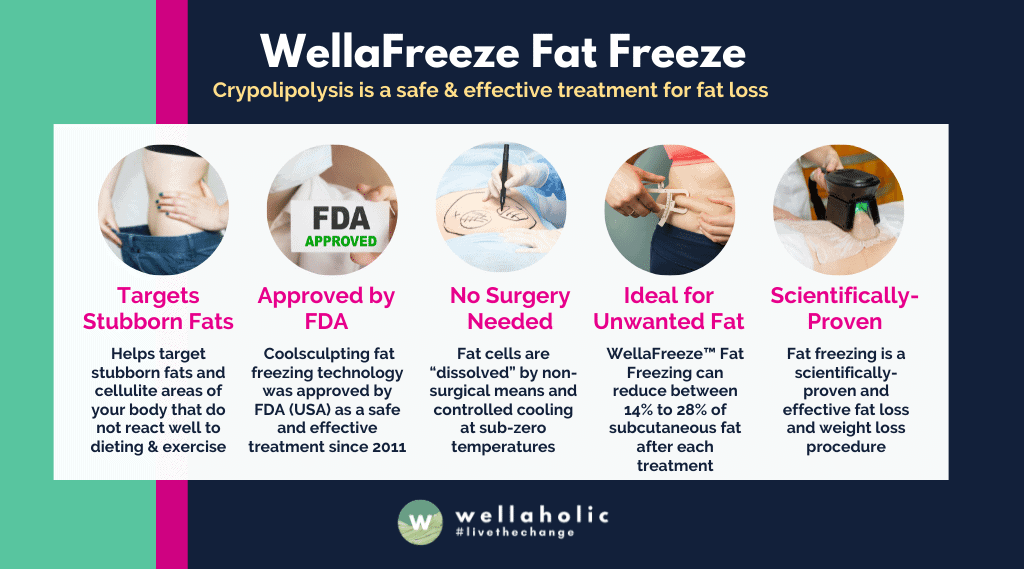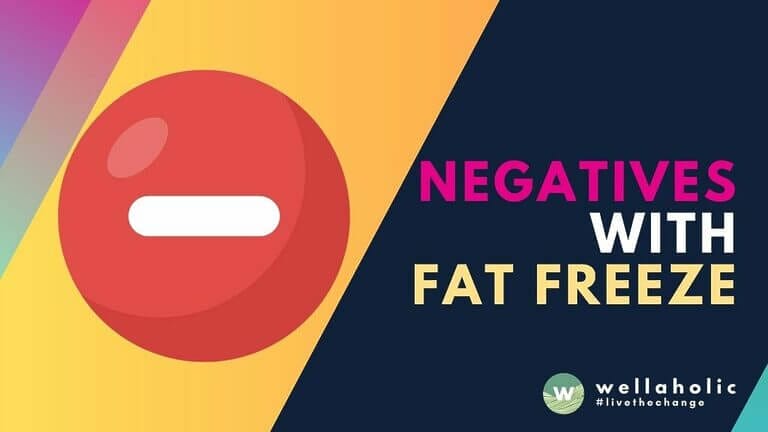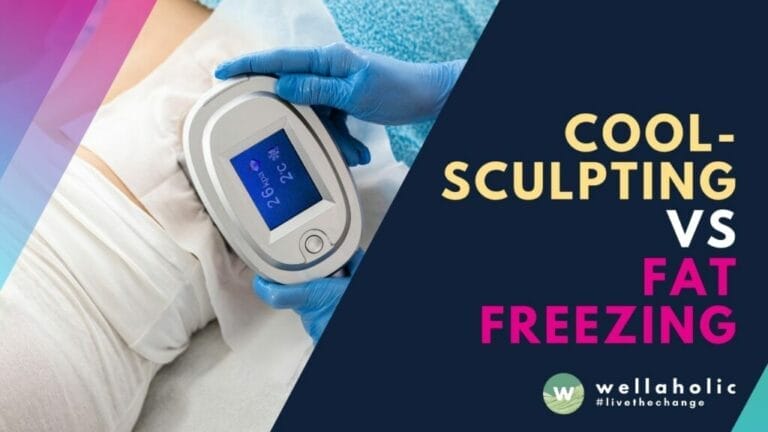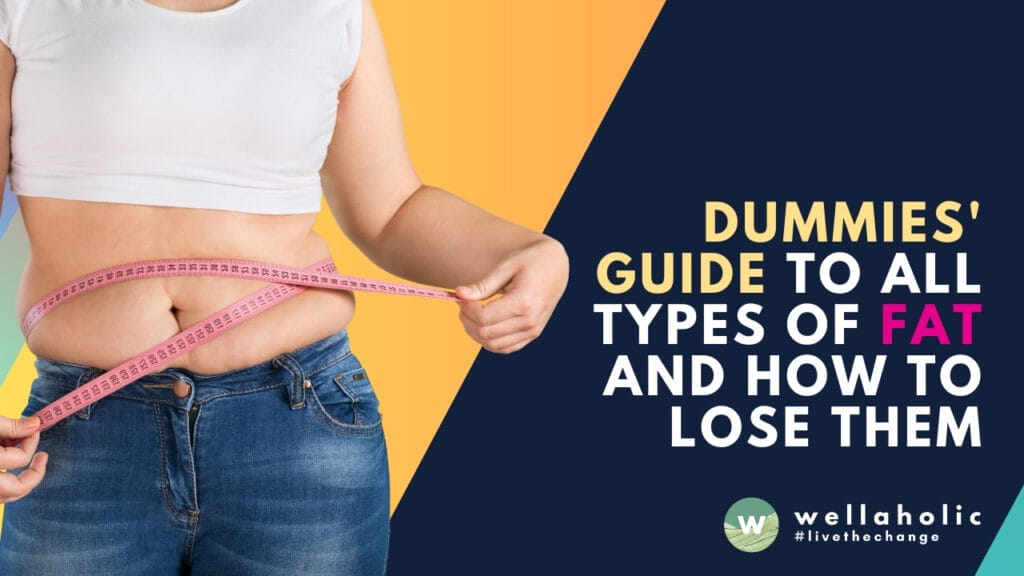
Dummies’ Guide To All Types Of Fat And How To Lose Them
Table of Contents
- 0.1 TL:DR Summary
- 0.2 Introduction
- 0.3 But If You Want to Lose Fat, Then Let’s Learn about Different Types of Fat
- 0.4 Why Understanding Different Types of Fat is Important for Losing Weight
- 0.5 What is Brown Fat?
- 0.6 What is White Fat or White Adipose Tissue (WAT)?
- 0.7 What is Visceral Fat or Hard Fat?
- 0.8 What is Subcutaneous Fat?
- 0.9 How Exercise May Turn White Fat to Brown Fat?
- 0.10 Examining the Health Risks Associated with Each Type of Fat
- 0.11 How to Manage Weight and Lose Fat?
- 0.12 The Dangers of a Diet Rich in Processed Foods
- 0.13 How to Use Technology to Lose Fat
- 0.14 Which Fat is Suitable for Fat Freeze?
- 0.15 Customer’s Positive Review for Fat Freeze
- 0.16 Conclusion
- 0.17 Frequently Asked Questions (FAQ)
- 0.18 Book Now Pay Later
- 0.19 WellaFreeze™ 360 Advanced Fat Freezing
- 1 Dummies Guide to Understanding and Losing Different Types of Fat: A Comprehensive Approach to Fat Nutrition and Loss
TL:DR Summary
- Understanding Fat Types: Learn about brown, white, visceral, and subcutaneous fat and their health impacts.
- Exercise and Fat Transformation: Discover how physical activity can turn white fat into calorie-burning brown fat.
- Fat-Related Health Risks: Explore the dangers of different fat types, including obesity, diabetes, and heart disease.
- Healthy Diet for Fat Loss: Practical guide on eating well, avoiding processed foods, and busting weight loss myths.
- Technology in Fat Loss: Use fitness apps, wearables, and scientific slimming treatments for effective fat management.
- Fat Freezing for Subcutaneous Fat: Wellaholic’s WellaFreeze targets subcutaneous fat, offering a modern approach to fat reduction.
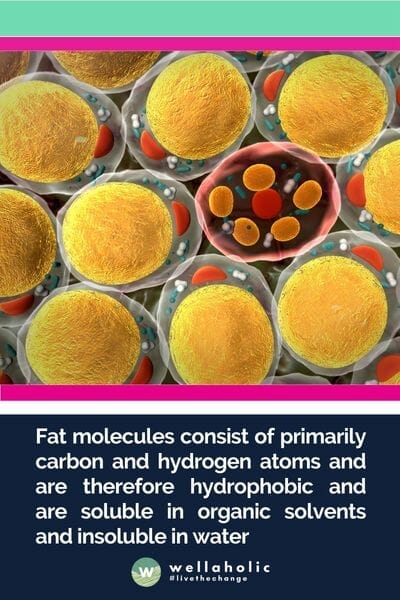
Introduction
In my journey as an Aesthetic Director, having interacted with a diverse clientele at Wellaholic and drawing from my extensive background in aesthetic science, I’ve come to realize the importance of understanding body fat. It’s a topic that often surfaces in conversations, whether it’s with clients eager to enhance their physical well-being (and to look good, of course!!).
With my Bachelor of Health Science (Aesthetics) and CIDESCO certification, I’ve delved deep into the complexities of different types of body fat and the most effective strategies for managing them.
Science-Smart Fat Loss:
In this article, I aim to demystify the various forms of fat that our bodies store and discuss practical, science-backed methods to address them. It’s crucial to recognize that not all fat is created equal; from subcutaneous to visceral fat, each type plays a unique role in our health and appearance.
Understanding these differences is key to adopting the right approach for fat loss. I’ll be sharing insights and tips that are grounded in scientific understanding yet practical for everyday application, tailored especially for those who are new to this subject.
“Don’t let fat fool you, with the right knowledge and dedication you can become a master of fitness!”
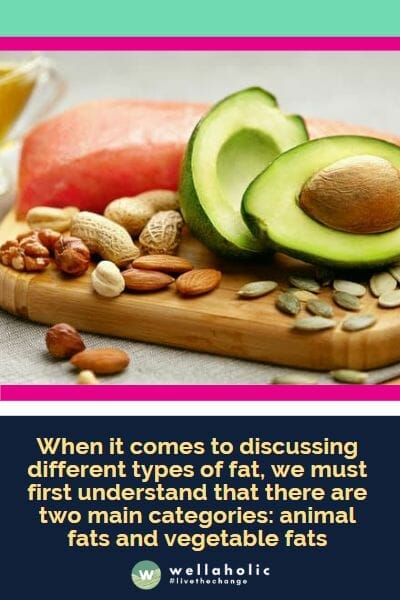
But If You Want to Lose Fat, Then Let’s Learn about Different Types of Fat
Considering Weight Loss? Understand Different Types of Fat
If you remain unconvinced by our earlier discussion and still aim to shed some pounds, it’s essential to acquaint yourself with the various types of fat first.
Animal Fats Versus Vegetable Fats
Discussing the different kinds of fats, we categorize them primarily into animal fats and vegetable fats. Animal fats are present in meat products like lard, and dairy items such as butter and cream. These fats generally stay solid at room temperature and are rich in saturated fats, often linked with heightened risk of heart disease.
In contrast, vegetable fats originate from plant-based sources including olives, avocados, and different oils. Examples of such oils encompass olive, peanut, flaxseed, and corn oils. Unlike animal fats, most vegetable fats remain liquid at room temperature and predominantly consist of unsaturated fat. This type of fat is usually considered heart-friendly and could help reduce cholesterol levels.
Choosing Healthier Fats: The Key to Balanced Nutrition
Remember that all fats are not created equal and moderation is crucial. While some fats provide necessary energy and essential nutrients, an excess of certain types could pose health risks.
Hence, it’s vital to opt for healthier fat sources such as nuts, seeds, and fish, and curb the intake of saturated and trans fats typically found in processed foods and meats. By making informed choices regarding the fats we consume, we can strive towards optimal health and wellbeing.
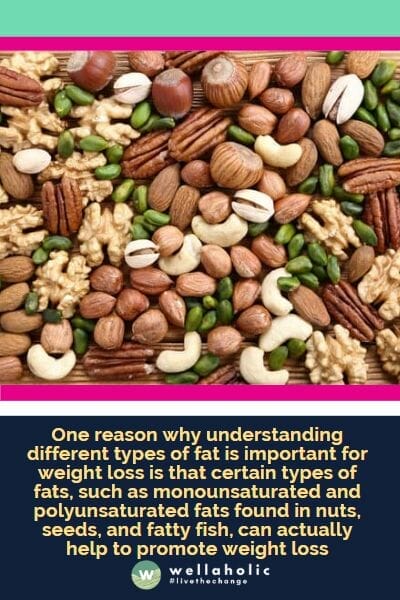
Why Understanding Different Types of Fat is Important for Losing Weight
If your goal is to lose weight, comprehending the different types of fat is instrumental in achieving your desired outcome. While an overconsumption of high-fat foods can result in weight gain, it’s also crucial to understand that all fats aren’t equal. Fats, as a significant macronutrient, play a pivotal role in maintaining optimal health and can even assist in weight reduction.
The Role of Healthy Fats in Weight Loss
A key reason why understanding different types of fat matters for weight loss lies in the specific benefits of certain fats. For instance, monounsaturated and polyunsaturated fats present in nuts, seeds, and fatty fish can facilitate weight loss. They enhance feelings of satiety and diminish inflammation. Furthermore, these healthy fats can improve insulin sensitivity, a vital factor for maintaining stable blood sugar levels and averting overeating.
Unhealthy Fats: Risks and Limitations
At Wellaholic, we acknowledge that overconsumption of unhealthy fats, such as trans fats and saturated fats found predominantly in processed foods and animal products, can lead to weight gain. These types of fats also elevate the risk of heart disease and various chronic health conditions.
Therefore, we encourage our customers to select healthier sources of fat and limit their intake of unhealthy fats. This approach not only aids in promoting weight loss but also plays a significant role in maintaining overall health and wellbeing.
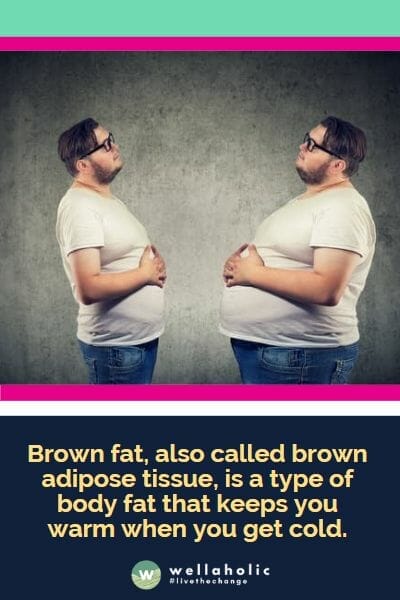
What is Brown Fat?
Drawing on my in-depth background in aesthetics and health science, I’ve come to understand the unique role of brown fat in our bodies. Unlike the more familiar white fat, which stores energy and contributes to weight gain, brown fat actually works in our favor. It’s a special type of fat, activated by cold exposure, that burns calories to generate heat.
⚖️ The Skinny on Brown Fat
This process, known as thermogenesis, is particularly fascinating because it highlights a natural mechanism our bodies use for temperature regulation and energy balance. From engaging with industry experts and delving into academic research, I’ve learned that brown fat is more prevalent in lean individuals and diminishes with age.
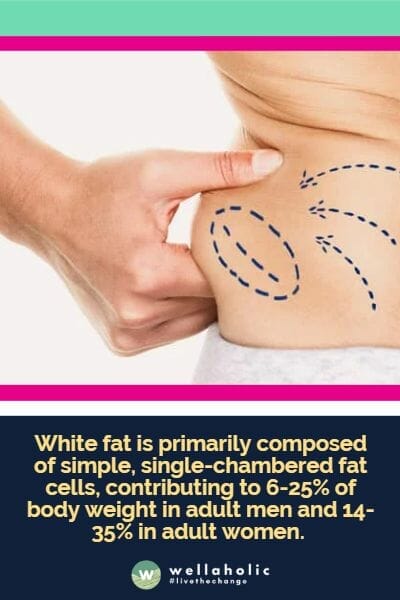
What is White Fat or White Adipose Tissue (WAT)?
White Fat or White Adipose Tissue (WAT) plays a crucial role in our bodies, acting as the main form of energy storage. It’s not just a passive storage depot, but also an active endocrine organ, secreting hormones and substances involved in metabolic processes.
WAT: Your Body’s Energy Bank
From my academic studies at Torrens University and engaging with experts in the field, I’ve learned that WAT is primarily responsible for storing energy in the form of triglycerides. It’s found in various parts of the body, such as beneath the skin (subcutaneous fat) and around internal organs (visceral fat). The distribution of this fat can vary based on factors like genetics, diet, and lifestyle.
Abundant abdominal white fat is a red flag. It’s a breeding ground for heart disease, diabetes, and a slew of metabolic disorders. What if we could turn this white fat into brown fat? The therapeutic possibilities are immense. This transformation could be a game-changer in our fight against these prevalent health issues.

What is Visceral Fat or Hard Fat?
Among the harmful types of body fat, one stands out, known as visceral fat or “hard fat.” This fat is located deep underneath our abdominal muscles, encasing the organs within our abdominal cavity.
Causes and Effects of Visceral Fat
Dr. Tom Rifai, a board-certified physician specializing in metabolic disorders, points out that a diet high in saturated fat, trans fats, refined carbohydrates, and alcohol often leads to an accumulation of visceral fat.
When this type of fat envelops our organs, it creates what Dr. Rifai terms as “metabolic mayhem.” This havoc is due to the release of harmful chemicals like cytokines that trigger inflammation and disrupt the healthy functioning of our organs.
Controlling Visceral Fat: Diet, Sleep and Exercise
While visceral fat adheres to the principles of caloric balance, just like subcutaneous fat does, studies reveal its heightened sensitivity to the inflammatory effects of processed foods. However, there’s also evidence that a diet abundant in unrefined foods, protein, unsaturated fatty acids, whole grains, and fiber can markedly reduce visceral fat levels.
Similarly, ensuring seven to nine hours of sleep per night can help manage this fat. A 2015 study discovered that strength training is more effective than cardio in preventing age-related increases in belly fat.
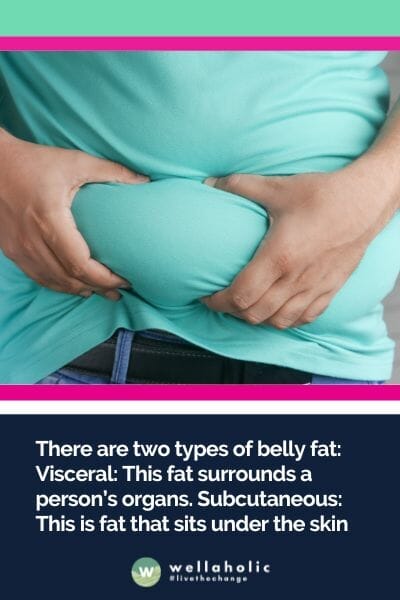
What is Subcutaneous Fat?
Subcutaneous Fat: The Body’s Cushion and Energy Reserve
According to Healthline, subcutaneous fat serves as padding to shield our muscles and bones from unknown harm – quite a tantalizing mystery! But that’s not all it does. This particular fat also stores energy for our body. It’s surprising, isn’t it? The soft, squishy layer we often find around our bellies has multiple functions. So, let’s appreciate our subcutaneous fat for a moment, as it’s working hard to protect us and reserve energy for our needs.
The Location and Composition of Subcutaneous Fat
Subcutaneous fat is situated right under our skin, and it accounts for about 90 percent of the body’s fat. This layer is a blend of white, beige, and brown fat.
The Balance of Subcutaneous Fat: Necessary but Not Excessive
While having a certain amount of subcutaneous fat is healthy, an excess, particularly of the white variety, can disrupt hormone levels and sensitivity. Thus, maintaining a balance in subcutaneous fat is key for overall health and wellbeing.
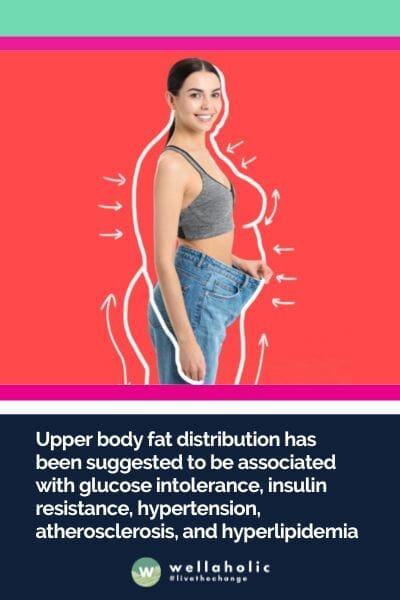
How Exercise May Turn White Fat to Brown Fat?
Brown Fat: A Calorie-Burning Asset
Brown fat, named so due to its distinct color, has the impressive ability to burn calories. Its functions extend beyond mere caloric burning, contributing to enhanced insulin and blood sugar control.
This, in turn, reduces the risk of developing Type 2 diabetes. While most infants, including human babies, are endowed with a generous amount of brown fat, it depletes as we mature. Consequently, by adulthood, very little brown fat remains in our bodies.
The Science Behind Browning: FLCN and mTOR
Research has illuminated that a protein known as FLCN usually suppresses the browning program in white fat cells. It does so in cooperation with a major cellular signaling hub, a protein complex named mTOR. This understanding holds promise for potentially unlocking better treatments for obesity in the future.
Inducing Browning: The Role of Certain Drugs
There exist certain drugs capable of inducing the browning of white fat. For instance, Thiazolidinediones (TZDs), which are used to manage insulin resistance, can facilitate the accumulation of brown fat.
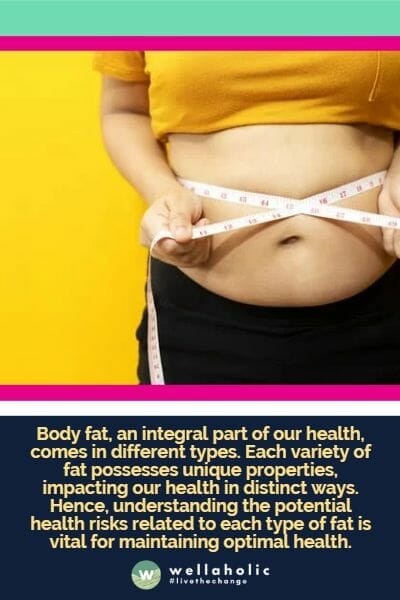
Examining the Health Risks Associated with Each Type of Fat
Understanding Body Fat: Classification and Health Impacts
Body fat, an integral part of our health, comes in different types. Each variety of fat possesses unique properties, impacting our health in distinct ways. Hence, understanding the potential health risks related to each type of fat is vital for maintaining optimal health.
Subcutaneous and Visceral Fat: Differences and Health Risks
Subcutaneous fat, the most prevalent type, resides just beneath the skin. It’s not considered particularly hazardous to health, but an excess of subcutaneous fat can lead to obesity. Conversely, visceral fat is stored deep within the body, enveloping our organs. Excessive visceral fat heightens the risk of heart disease, stroke, and diabetes.
Brown Fat and White Fat: Characteristics and Health Consequences
Another variant is brown fat, recognized for generating heat and burning calories. Brown fat is deemed beneficial to health as it aids in regulating body temperature and can potentially assist with weight loss. Contrarily, white fat, which serves as the primary energy storage in our body, tends to accumulate in abundance in obese individuals. Surplus white fat can amplify the risk of several health issues, including cardiovascular disease, type 2 diabetes, and certain cancers.
See the table below for the different types of fats and their health implications to you.
| Type of Fat | Description | Food Sources | Health Implications |
|---|---|---|---|
| Saturated Fat | Solid at room temperature, comes mostly from animal sources | Meat, butter, cheese, cream | Linked to an increased risk of heart disease when consumed in excess |
| Monounsaturated Fat | Liquid at room temperature, helps reduce bad cholesterol | Olive oil, avocado, nuts, seeds | May help reduce the risk of heart disease |
| Polyunsaturated Fat | Liquid at room temperature, includes omega-3 and omega-6 fatty acids | Fatty fish, flaxseed, sunflower oil | May help reduce the risk of heart disease and support brain health |
| Trans Fat | Man-made, typically found in processed foods | Margarine, packaged snacks | Can raise bad cholesterol levels and increase the risk of heart disease |
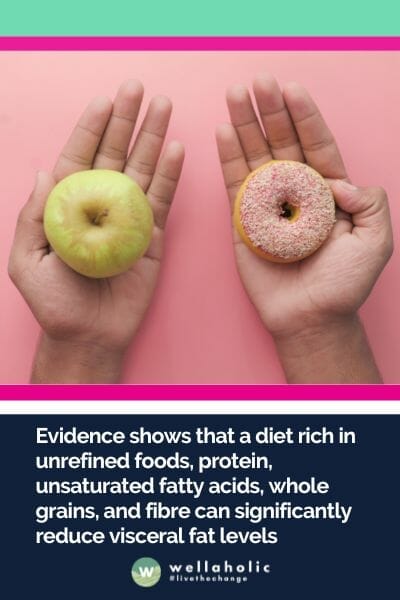
How to Manage Weight and Lose Fat?
Body Weight Management: Lifestyle Changes and Food Absorption
The management of body weight primarily hinges on lifestyle modifications and the regulation of food absorption. However, techniques aimed at enhancing Energy Expenditure (EE) represent an alternative strategy to combat obesity and associated cardiometabolic disorders.
Factors Affecting Fat Distribution: Genetics, Lifestyle and More
Certain controllable factors influence fat distribution, and even genetic influences can be mitigated to a certain degree. It’s crucial to remember that factors such as hormones, genetics, race, presence of toxins, type and amount of physical activity, malnutrition, and stress affect fat distribution. Of these, you have total control over the last four factors: presence of toxins, physical activity, nutrition, and stress management.
Visceral Fat: Sensitive to Diet and Physical Activity
As an expert in health and wellness, I’ve observed how visceral fat behaves much like subcutaneous fat, adhering to caloric balance laws. However, it’s particularly sensitive to the inflammatory effects of processed foods. This has been backed by research. A diet loaded with unrefined foods, proteins, unsaturated fats, whole grains, and fiber significantly reduces visceral fat.
Moreover, getting the advised seven to nine hours of sleep nightly plays a key role in this process. Interestingly, a 2015 study revealed that strength training trumps cardiovascular exercises in preventing age-related rises in abdominal fat.

The Dangers of a Diet Rich in Processed Foods
Harmful Impact of Processed Foods: The Role of Unhealthy Fats
A diet heavy in processed foods can negatively impact your health. Processed foods typically contain high amounts of unhealthy, inexpensive fats, such as refined seed or vegetable oils. While these fats are convenient to use, cost-effective, and have a long shelf-life, they often carry high levels of trans fats, which have been associated with an increased risk of heart disease.
Processed Foods and Added Sugars: Impact on Health
Moreover, processed foods are frequently loaded with added sugars and sodium. These components can lead to various health complications, including obesity, type 2 diabetes, and hypertension.
Nutritional Deficiencies in Processed Foods: The Lack of Fiber and Essential Nutrients
In addition to their high unhealthy fat, sugar, and sodium content, many processed foods are deficient in fiber and other essential nutrients. This makes it challenging to sustain a balanced and healthy diet when consuming a high amount of processed foods.

How to Use Technology to Lose Fat
Leveraging Technology for Fat Loss: Fitness Apps and Wearables
Technology has seamlessly integrated into our daily lives, offering us opportunities to leverage its potential for losing body fat. One effective approach is utilizing fitness apps and wearables. These technological tools enable you to track your physical activity, monitor calories burned, and assess various metrics relevant to weight loss.
Tracking Food Intake: Apps for Informed Decision-Making
In addition to fitness apps and wearables, there are specialized applications that assist in monitoring your food intake. These apps provide valuable nutritional information about the foods you consume. With this data, you can make informed decisions about your dietary choices, ensuring you eat appropriate quantities and make choices aligned with your fat loss goals.
Scientific Slimming Treatments: Merging Science and Technology
Beyond fitness apps and nutrition tracking, advancements in science and technology have led to the development of scientific slimming treatments. These treatments target concerns such as cellulite, offering potential solutions for reducing its appearance and addressing related issues. By harnessing scientific advancements, individuals can explore innovative methods to combat cellulite and promote fat loss.
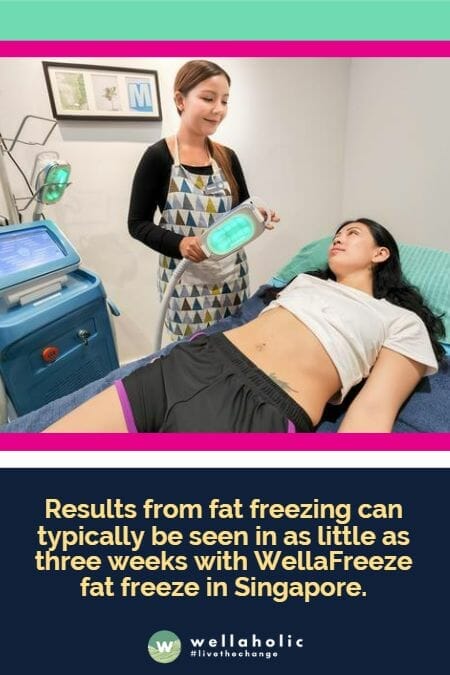
Which Fat is Suitable for Fat Freeze?
Fat Freezing: Targeting Subcutaneous Fat
Fat freezing, including Wellaholic’s WellaFreeze, is not effective for reducing visceral fat but can effectively target subcutaneous fat. Subcutaneous fat manifests in various forms, such as belly rolls, love handles, or inner thigh bulges. CoolSculpting or Fat Freeze treatments can be effective in reducing subcutaneous fat, particularly in individuals who are otherwise at a healthy weight.
Wellaholic’s Expert Slimming Treatments
At Wellaholic, our team of slimming experts offers a range of high-quality slimming treatments. These include fat freezing, radiofrequency body sculpting, ultrasonic cavitation, laser lipo, as well as stretch mark removal. With our expertise and advanced techniques, we strive to provide top-notch solutions for body contouring, fat reduction, and addressing specific concerns like stretch marks.
Comprehensive Slimming Services
Wellaholic’s slimming experts go beyond fat freezing to offer a comprehensive range of slimming services. These treatments encompass different methods such as radiofrequency body sculpting, ultrasonic cavitation, laser lipo, and the removal of stretch marks. Our goal is to provide a holistic approach to body sculpting and address various concerns related to body composition and skin appearance.
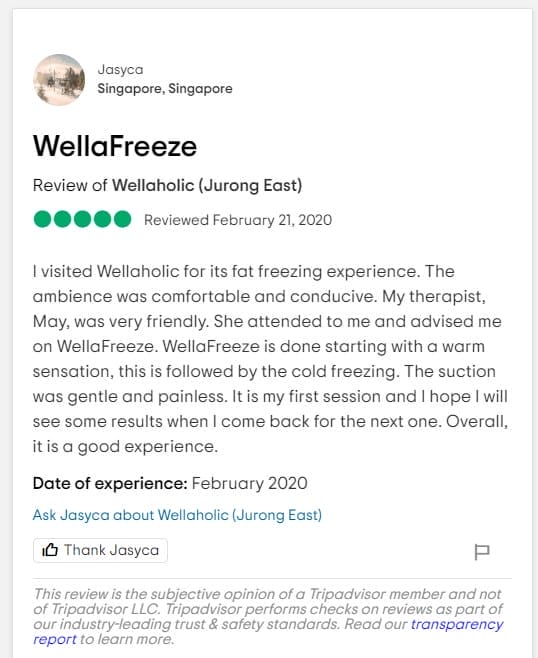
Customer’s Positive Review for Fat Freeze
Jasyca, a customer at Wellaholic, sought help for stubborn fat and opted for the WellaFreeze Fat Freeze treatment. She appreciated the comfortable ambience and the friendly service provided by her therapist, May.
The WellaFreeze process began with a warm sensation, followed by gentle, painless cold freezing. Jasyca, on her first session, felt optimistic about seeing results in future visits and overall found the experience to be very positive.
Read Actual Review by Customer
I visited Wellaholic for its fat freezing experience. The ambience was comfortable and conducive. My therapist, May, was very friendly. She attended to me and advised me on WellaFreeze. WellaFreeze is done starting with a warm sensation, this is followed by the cold freezing. The suction was gentle and painless. It is my first session and I hope I will see some results when I come back for the next one. Overall, it is a good experience. (Source: Tripadvisor Review)

Conclusion
In conclusion, losing fat requires a holistic approach that involves physical activity, a healthy diet, fiber intake, stress management, and enough rest. Understanding the different types of fat is essential for an effective weight loss journey. By managing up your physical activity and exercise, you can increase your metabolism and burn calories.
Adding fiber to your diet helps you feel full and satisfied, reducing the urge to overeat. Eating a healthy diet with plenty of vitamins and avoiding processed foods is crucial for a healthy body and weight loss. Lastly, reducing stress and getting enough sleep of at least seven hours every night can help you achieve your weight loss goals.
And of course, take advantage of the various slimming technology treatments to jumpstart your fat management goals. If you have any questions or concerns, feel free to conduct a web search for more information, or consult a healthcare professional for personalized advice.
Frequently Asked Questions (FAQ)
1. What Are the Best Dietary Choices for Reducing Visceral Fat in Singapore?
In Singapore, a diet rich in unrefined foods, proteins, unsaturated fatty acids, whole grains, and fiber is recommended to reduce visceral fat. Emphasizing local fruits, vegetables, and lean proteins can help in managing this type of fat effectively.
2. How Does Sleep Affect Fat Loss, Particularly in Busy Urban Lifestyles Like Singapore?
Adequate sleep, ideally seven to nine hours per night, is crucial for fat loss. It helps regulate hormones that control appetite and metabolism, which is particularly important in fast-paced urban environments like Singapore where stress and irregular sleep patterns are common.
3. Can Technology and Apps Available in Singapore Aid in Fat Loss?
Yes, Singaporeans can leverage technology for fat loss. Fitness apps and wearables help track physical activity and monitor diet, while nutrition tracking apps provide valuable insights into dietary choices. These tools are especially useful in Singapore’s tech-savvy environment.
4. What Role Does Fiber Play in Fat Loss and What Are the Best Sources Available in Singapore?
Fiber plays a significant role in fat loss by enhancing satiety and improving digestion. High-fiber foods available in Singapore include whole grains, legumes, fruits like papaya and guava, and vegetables like broccoli and spinach.
5. Are There Any Specific Exercises Recommended for Singaporeans to Target Subcutaneous Fat?
Strength training and high-intensity interval training (HIIT) are effective for targeting subcutaneous fat. These exercises can be easily incorporated into fitness routines in Singapore, utilizing local gyms and outdoor spaces.
6. How Does Wellaholic’s WellaFreeze 360 Advanced Fat Freezing Work and What Makes It Unique?
Wellaholic’s WellaFreeze 360 uses advanced cooling technology to target and reduce subcutaneous fat. Its uniqueness lies in its ability to treat multiple areas simultaneously with minimal discomfort, making it a popular choice in Singapore for non-invasive fat reduction.

Serene Chiam, Aesthetic Director
Serene Chiam is the Aesthetic Director at Wellaholic, a well-known aesthetic chain in Singapore. She has more than ten years of experience in the aesthetics industry. With a Bachelor of Health Science (Aesthetics) and CIDESCO certifications, she expertly combines scientific knowledge with practical skills. Serene is known for her personalized approach to beauty, ensuring each Wellaholic client’s journey is unique and transformative. Her significant contributions have been pivotal in establishing Wellaholic’s reputation for excellence in aesthetic wellness.
Contact Serene at support@wellaholic.com
GET IN TOUCH
Book Now Pay Later

WellaFreeze™ 360 Advanced Fat Freezing
- ⭐ Latest 4th Generation Freezing. WellaFreeze™ 360 advanced fat freezing uses the latest fat freeze technology for the highest fat reduction per session.
- ⭐ Up to 34% Fat Loss Each Session. Increase in percentage of fat loss due to newer technology and coverage.
- ⭐ 360° Surround Cooling Technology. The handles or cooling cups can be adjusted to fit all body curves and contouring for best freezing.
- ⭐ Breathing Technology Reduces Bruising. “Breathing” technology improves freeze while minimising bruising from the suction.
- ⭐ Shorter Time Needed. Each duration is reduced from typical 60 minutes to just 30 minutes.
- ⭐ Award-Winning. Wellaholic’s treatments have been recognized by top beauty publications such as Daily Vanity, Beauty Insider, and Tropika Club Magazine.
- ⭐ Over 2000 Verified Customer Reviews. Wellaholic has over 2000 positive reviews from customers, and >50% are repeat customers.
